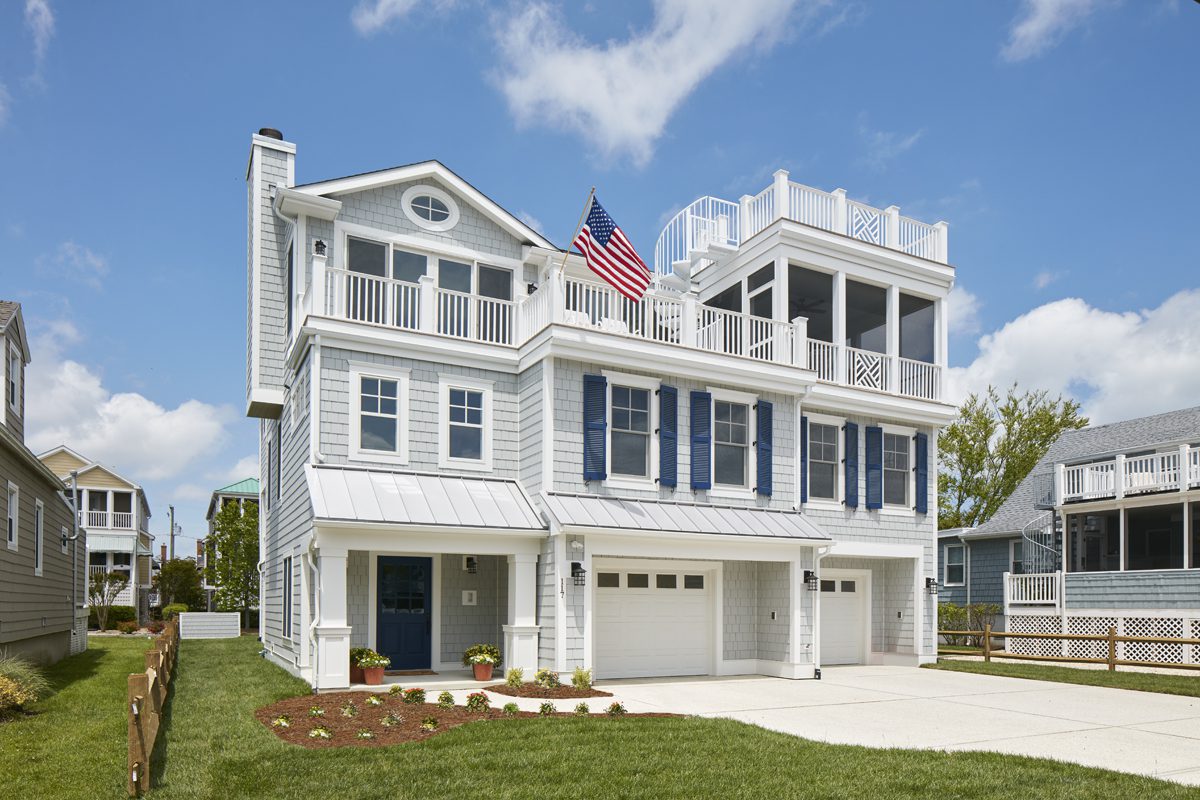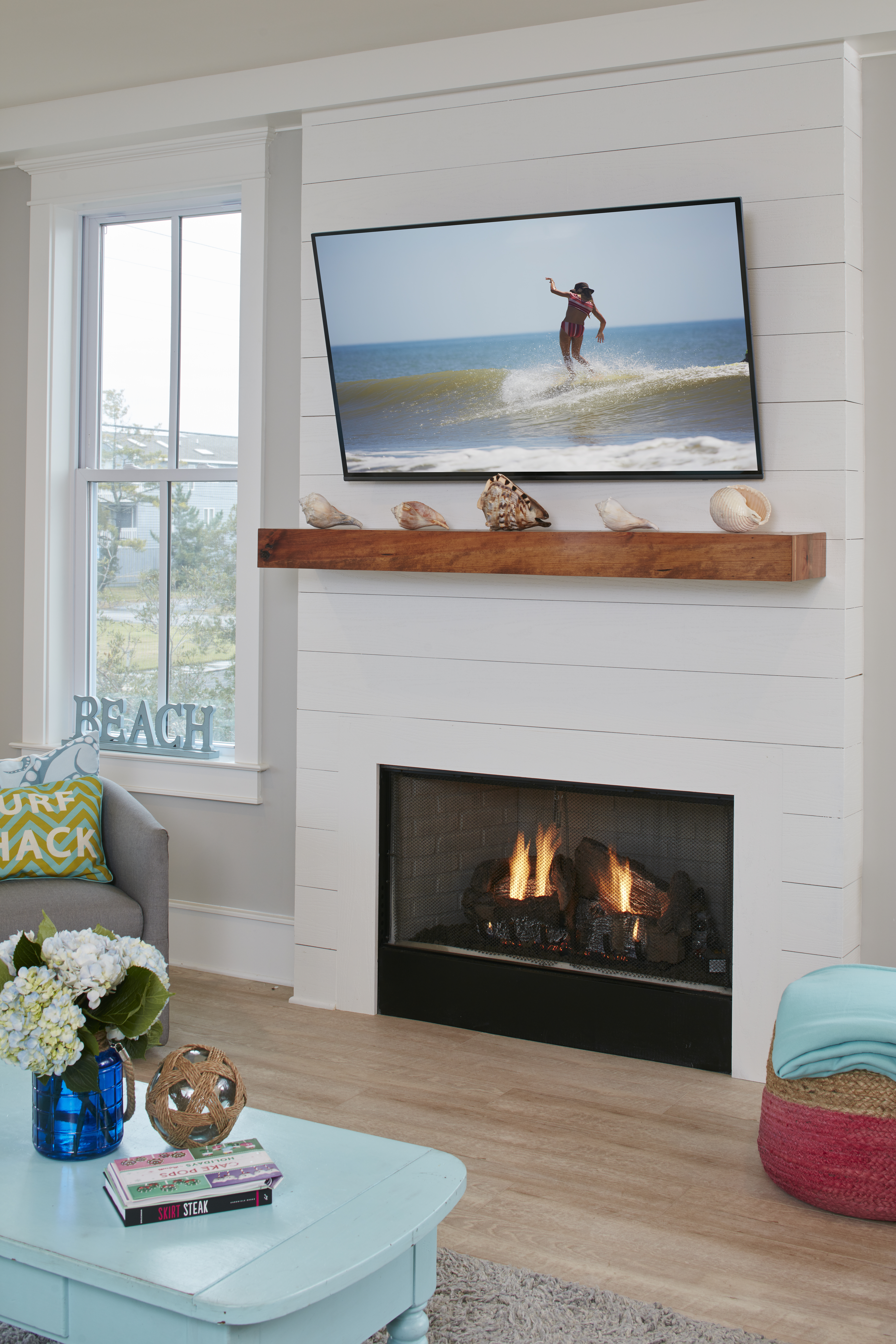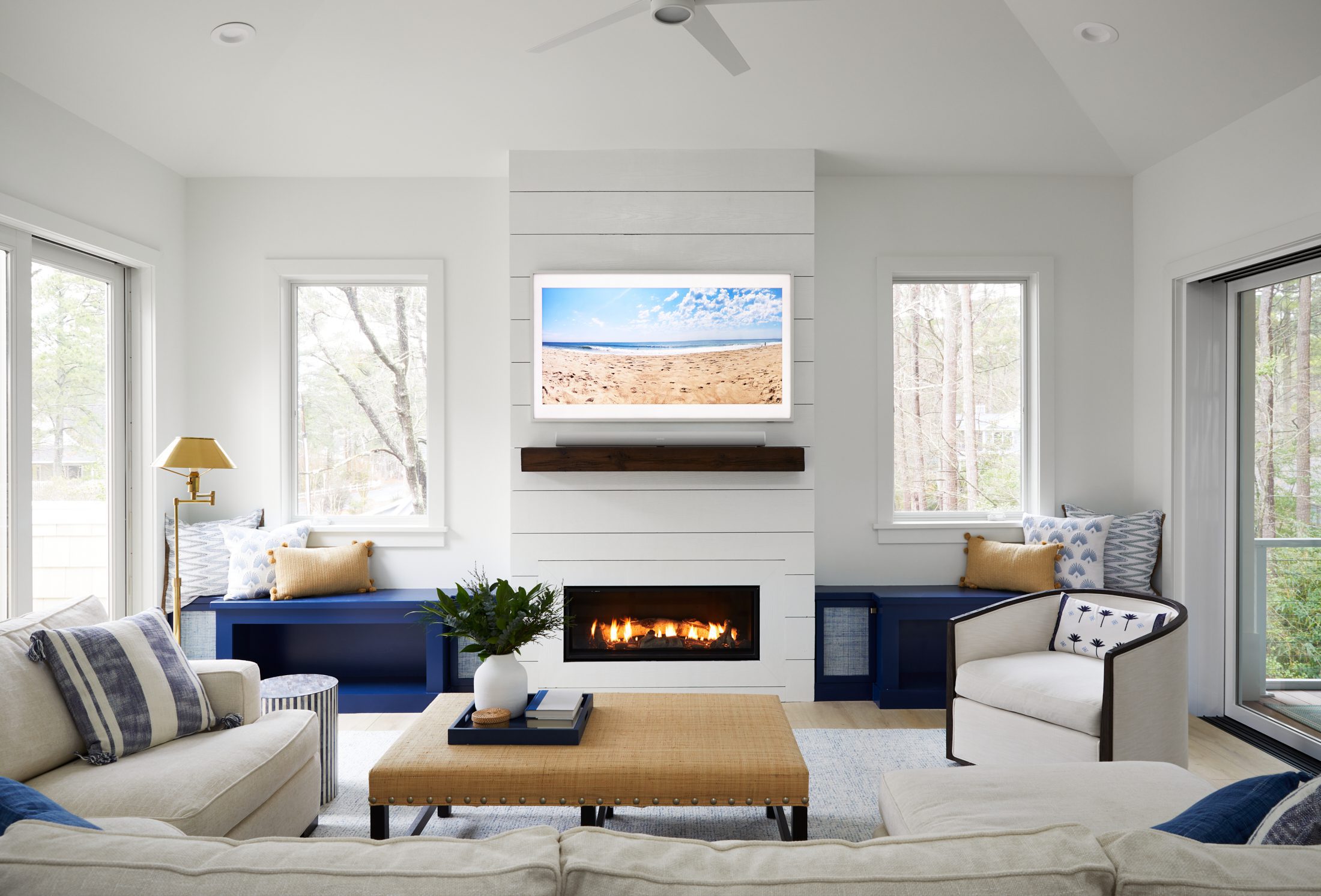Fireplace Maintenance: Keep Your Home Safe & Warm This Season
‘Tis the season for getting cozy by the fire! As temperatures plummet, bringing with them frosty days and the threat of snow, fireplace usage increases drastically. After all, there’s nothing more quintessentially winter than toasty nights spent in front of a crackling fire. Fireplaces are fairly low-maintenance home features, but the little upkeep they do require is vitally important for proper functionality and safety. An unchecked fireplace can lead to costly repairs, dangerous house fires, and even carbon monoxide poisoning. Follow the simple guidelines below and you can look forward to a warm – and safe – fireplace season ahead.
Have a Pro Inspect Your Fireplace Now
Before you light your first fire of the season, hire a professional to conduct an inspection. He or she will do routine maintenance and cleaning, if needed, and will make sure all of your fireplace’s parts are in working order. You should have an inspection done at least once a year, or more often if you notice more than ⅛ of an inch of creosote build-up. A simple online search will help you locate an inspector in your area, but for a general idea of costs and what you can expect from each type of inspection, check out this handy guide.

Examine the Exterior of Your Chimney
Go outside and give your chimney a thorough look-over. Make sure it isn’t leaning, cracked, chipped, stained, or corroded. If you don’t already have a chimney cap in place, install one. Chimney caps keep wildlife out while protecting your roof from embers. They also prevent water from getting inside, which can then freeze and expand, causing chimney damage.
Install Smoke and Carbon Monoxide Detectors
If improperly installed or maintained, fireplaces can cause a variety of health and safety hazards. Even an innocent oversight – an ember sparking out of the fireplace and onto a nearby rug – can result in a house fire. Make sure your detectors have fresh batteries and check them regularly.

Keep Combustibles Away
A screen or spark guard will protect pets and children and keep most embers from leaving your fireplace. However, it’s important to take the extra precaution of ensuring no combustibles are nearby, such as rugs, curtains, or furniture. Keep combustibles – including a wooden mantle – at least 12 inches above the lintel (the metal plate found at the top of the fireplace opening).
Remove Ash Build-Up
Ash should be removed from the fireplace once it reaches the bottom of the grate, where it can block airflow. Use a mask and gloves when removing ash, and ensure that it is completely cooled before handling or disposing of.
Check Functionality Regularly
Before lighting a fire, use a small piece of wood to check that your fireplace is functioning properly. Light the wood and observe how the smoke exits the fireplace. If it goes out the chimney, you’re good to go. If it enters the room, check for blockages inside the chimney, like creosote, an animal nest, or other debris.

Burn the Right Wood
The type of wood you use is not only important for developing a strong fire, but also for safety and fireplace efficacy. Only burn seasoned wood (wood that has been dried for at least 6-12 months after splitting) and not green wood, which will create more soot and creosote. Seasoned wood makes a sharp ringing or crack sound (like a bat hitting a baseball) when two logs are knocked together; green wood makes a dull thud. Hardwoods, like oak, ash, and maple, are better than soft woods, such as cedar, pine, fir, and poplar.
Store Wood Properly
Store wood outside, away from the house, and at least a foot off the ground to allow for proper ventilation. Cover the top to keep out precipitation, but provide some openings on the sides or bottom of the pile to encourage drying air flow.

Avoid a Roaring Fire
Although a large fire looks great, a smaller, more controlled fire is always the way to go. A fire that’s too hot can actually crack your chimney, resulting in expensive repairs.
Never Leave a Fire Unattended
Never, under any circumstances, leave a fire unattended. It only takes one small spark to start a fire, and our homes are full of flammable materials. Ensure that all flames and cinders are out before going to bed or leaving your home, and always have a functioning fire extinguisher handy.
